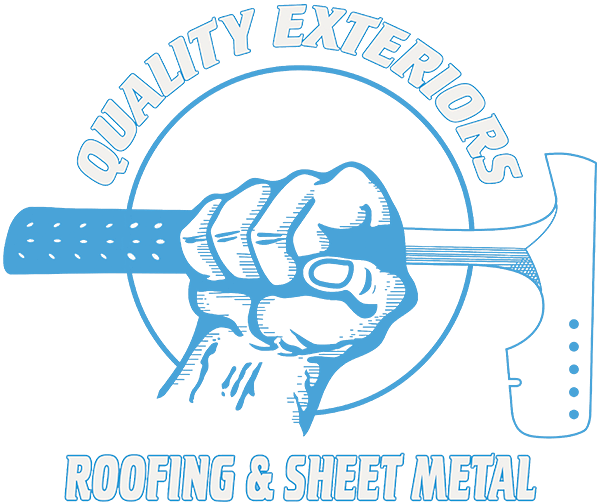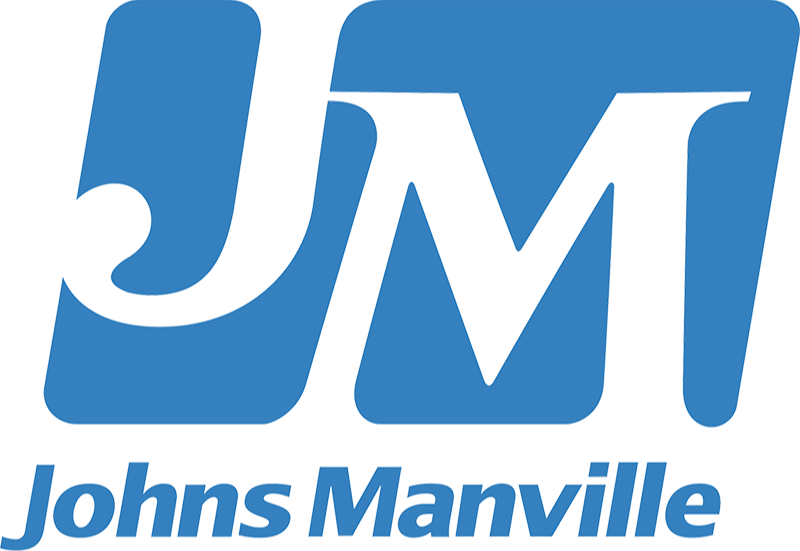
We are well versed in the application, maintenance and repairing of membrane and built-up roofing systems. There are a variety of commercially manufactured flat roof systems our company has experience with to meet a customer’s needs. Below are the more recognized flat roof systems and their attributes.
Elastomeric/Plastomeric Membranes
EPDM (ethylene propylene diene monomer)
Attachment methods: Mechanically attached and adhered.
- High resistance to ozone and ultraviolet exposure.
- Flexible even at low temperatures.
- Resists expansion and contraction (less likely for the roof to leak)
- Easy to locate and repair leaks.
- High resistance to wind damage, hail, and punctures.
- Frequently used on commercial roofing projects
- Sustainable and environmentally responsible, material is recyclable and it reflects heat energy allowing the building to remain cooler in turn, reducing energy/cooling costs.
Thermolastic Single-Ply Membranes
TPO (thermoplastic polyolefin)
Attachment methods: Mechanically attached and adhered.
- High resistance to ozone, ultraviolet, and chemical exposure (i.e. oils).
- Flexible even at low temperatures.
- Easy to locate and repair leaks.
- High resistance to wind damage, hail, and punctures.
- Frequently used in commercial roofing projects
- Sustainable and environmentally responsible, materiel is recyclable and it reflects heat energy allowing the building to remain cooler in turn, reducing energy/cooling costs.
PVC (polyvinyl chloride)
Attachment methods: Mechanically attached and adhered.
- High resistance to ozone, ultraviolet, and chemical exposure (i.e. oils). One of the most resistant membrane types when it comes to oils and chemicals.
- Flexible even at low temperatures.
- Easy to locate and repair leaks.
- High resistance to wind damage, hail, and punctures.
- Frequently used in commercial roofing projects.
- Sustainable and environmentally responsible, materiel is recyclable and it reflects heat energy allowing the building to remain cooler in turn, reducing energy/cooling costs.
Modified Bitumen Roofing Systems
SBS (styrene-butadiene-styrene)-Asphalt modified with synthetic rubber.
Attachment Methods: in hot asphalt, cold adhesive or heat welded (adhered).
- Flexible even in low temperatures
- Resistant to punctures and wear and tear from foot traffic.
- Sustainable and environmentally responsible, materiel is recyclable and it reflects heat energy allowing the building to remain cooler in turn, reducing energy/cooling costs.
APP (atactic polypropylene)-Asphalt modified with plastic.
Attachment Methods: Adhered via heat welding or cold-applied adhesive.
- Resistant to ultraviolet and higher temperatures.
- Resistant to punctures and wear and tear from foot traffic.
- Sustainable and environmentally responsible, materiel is recyclable and it reflects heat energy allowing the building to remain cooler in turn, reducing energy/cooling costs.

















